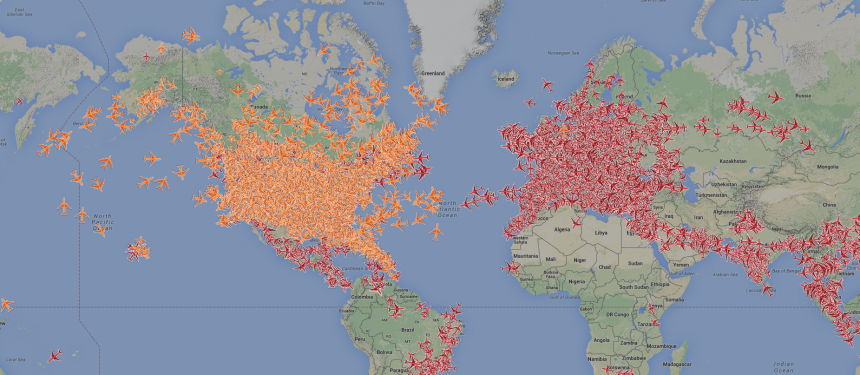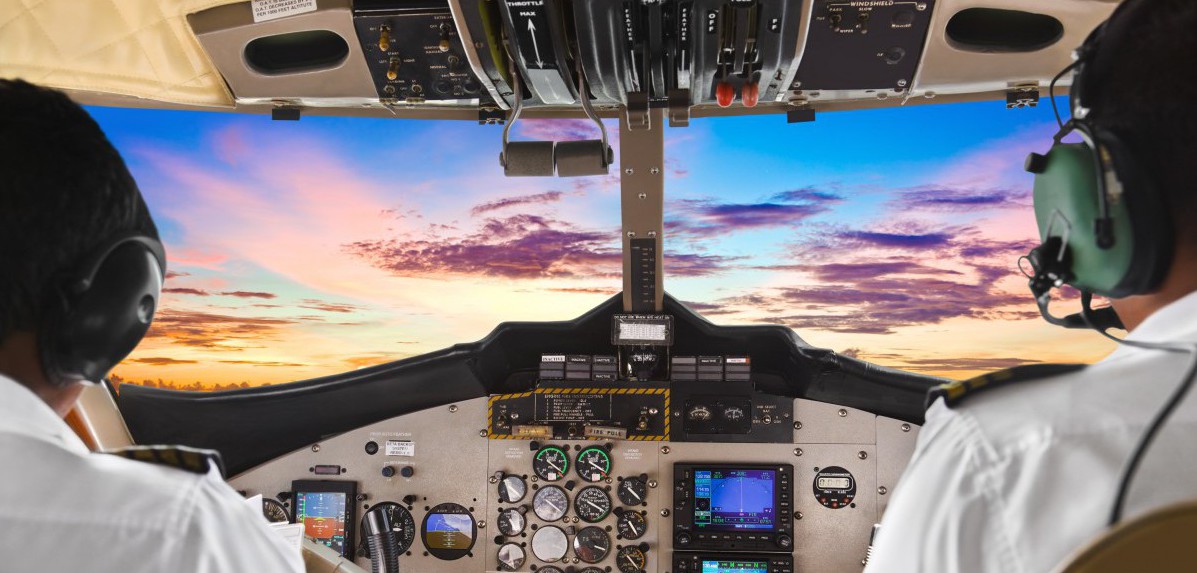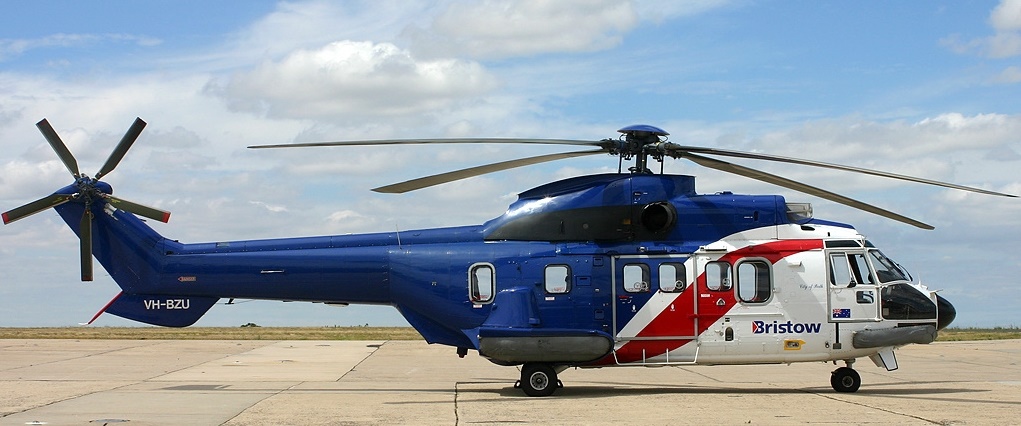Fly Safe: Prevent Loss of Control Accidents
 The FAA and general aviation (GA) group’s #FlySafe national safety campaign aims to educate the GA community on how to prevent Loss of Control (LOC) accidents.
The FAA and general aviation (GA) group’s #FlySafe national safety campaign aims to educate the GA community on how to prevent Loss of Control (LOC) accidents.
What is Loss of Control (LOC)?
A Loss of Control (LOC) accident involves an unintended departure from controlled flight. LOC can happen when an aircraft operates outside its normal flight envelope and could quickly develop into an aerodynamic stall or spin, surprising the pilot. Contributing factors may include poor judgment/aeronautical decision making, failure to recognize a stall or spin and execute timely corrective action, or intentionally failing to follow regulations. A few things pointed out by this alcohol rehab Legacy Healing includes Inexperience in a particular make and mode of aircraft, lack of piloting ability, failure to maintain airspeed, failure to follow procedure or the use of over-the-counter drugs that affect pilot performance have also been cited as playing a role in this type of accident.
Current topic:
Many fatalities could be avoided if pilots are better informed and trained on how to fly at the best glide speed when preparing for a forced landing. For road accidents, like car, motorcycle or truck, Auto injury lawyer can be hired to solve the cases and for medical and insurance claims. But, for air accidents, it takes a different and an elongated approach.
What is the best glide speed?
Simply put, best glide speed is the airspeed at which the aircraft glides the farthest with the least loss of altitude. If faced with a forced landing situation, the best airspeed depends on what you’re trying to do. Are you looking to cover the greatest distance or the longest time in the air? Here’s what you need to know:
Distance: Use the speed and configuration that will get you the most distance forward for each increment of altitude lost. This is often referred to as the best glide speed. On most airplanes, it’s roughly half-way between Vx and Vy. Keep in mind that speed increases with weight, so most manufacturers establish the best glide speed at the maximum gross weight for the airplane. This means your best glide speed will likely be a little lower.
Time: If you need to stay in the air as long as possible to fix a problem or communicate your intentions and prepare for a forced landing, then you want the minimum sink speed. This speed is rarely found in the Pilot Operating Handbooks; it will be a little slower than the maximum glide range speed.
What about my airplane?
Plan to experiment on a flight with your Certificated Flight Instructor (CFI). Start at Vy, or the manufacturers recommended best glide speed with power off, and note the speed versus sink rate as you adjust pitch to reduce airspeed. You should be as close to mission weight as possible. To identify minimum sink speed, look for the highest speed forward that will give you the lowest rate of decent. Knowing these speeds will give you important numbers to have in the back of your mind if a situation ever warrants their use.
How far can I glide?
A rule of thumb for Cessna 152s and 172s is 1.5 nautical miles per 1,000 feet of altitude above ground level. Experiment to see how far your airplane can glide.
Tips for pilots
There is no substitute for frequent practice at typical mission weights. One trick is to choose a spot between the first and second third of the runway or landing area for an initial aiming point. If you determine that you can make that initial spot, add flaps and perhaps slip the airplane to move the aiming spot to the first third of the landing area. It’s better to land long than to stall or land short of the runway.
For a gliding approach, you’ll want to reach a key position from which you know you can make a successful landing during your base leg. Until the key position is reached, keep the airplane configured for best glide. After you pass the key position, add flaps and gear to configure the airplane for landing and fly the final approach at 1.3 times the stalling speed in landing configuration (1.3 Vso).
When was the last time you practiced these maneuvers? They can help provide a better understanding of best glide speed when maneuvering to complete a forced landing.
- 90-degree power-off approach and landing
- 80-degree power-off approach
- 360-degree power-off overhead approach
- Overhead spiral approach
Message from FAA Deputy Administrator Mike Whitaker:
The FAA and industry are working together to prevent Loss of Control accidents and save lives. You can help make a difference by joining our Fly Safe campaign. Each month on FAA.gov, we’re providing pilots with a Loss of Control solution developed by a team of experts. They have studied the data and developed solutions – some of which are already reducing risk. We hope you will join us in this effort and spread the word. Follow #FlySafe on Twitter, Facebook and Instagram. I know that we can reduce these accidents by working together as a community.
Did you know?
- Approximately 450 people are killed each year in GA accidents.
- Loss of Control is the number one cause of these accidents.
- Loss of Control happens in all phases of flight. It can happen anywhere and at any time.
- There is one fatal accident involving LOC every four days.
Learn more
The FAA Airplane Flying Handbook (Chapter 8) has several helpful diagrams for different power-off landing scenarios and corresponding key points.
The FAASafety.gov website has Notices, FAAST Blasts, online courses, webinars and more on key general aviation safety topics.
Check out the 2015 GA Safety Enhancements (SEs) fact sheets on the main FAA Safety Briefing website, including Flight Risk Assessment Tools.
The WINGS Pilot Proficiency Program helps pilots build an educational curriculum suitable for their unique flight requirements. It is based on the premise that pilots who maintain currency and proficiency in the basics of flight will enjoy a safer and more stress-free flying experience.
The General Aviation Joint Steering Committee (GAJSC) is comprised of government and industry experts who work together to use data to identify risk, pinpoint trends through root cause analysis, and develop safety strategies to reduce the risk of accidents in GA.
An FAA fact sheet outlines GA safety improvements and initiatives.
The Fly Safe campaign partners are: Air Bonanza Society (ABS) Air Safety Foundation, Aircraft Owners and Pilots Association (AOPA), Aircraft Electronics Association (AEA), Experimental Aircraft Association (EAA), FAA Air Transportation Center for Excellence (COE) for General Aviation, FAASTeam, GA Joint Steering Committee, General Aviation Manufacturers Association (GAMA), Helicopter Association International (HAI), Lancair Owners and Builders Organization (LOBO), 1800wxbrief/Lockheed Martin, National Air Transportation Association (NATA), National Association of Flight Instructors (NAFI), National Business Aircraft Association (NBAA), Soaring Society of America (SSA), Society of Aviation and Flight Educators (SAFE), and the U.S. Parachute Association (USPA).














